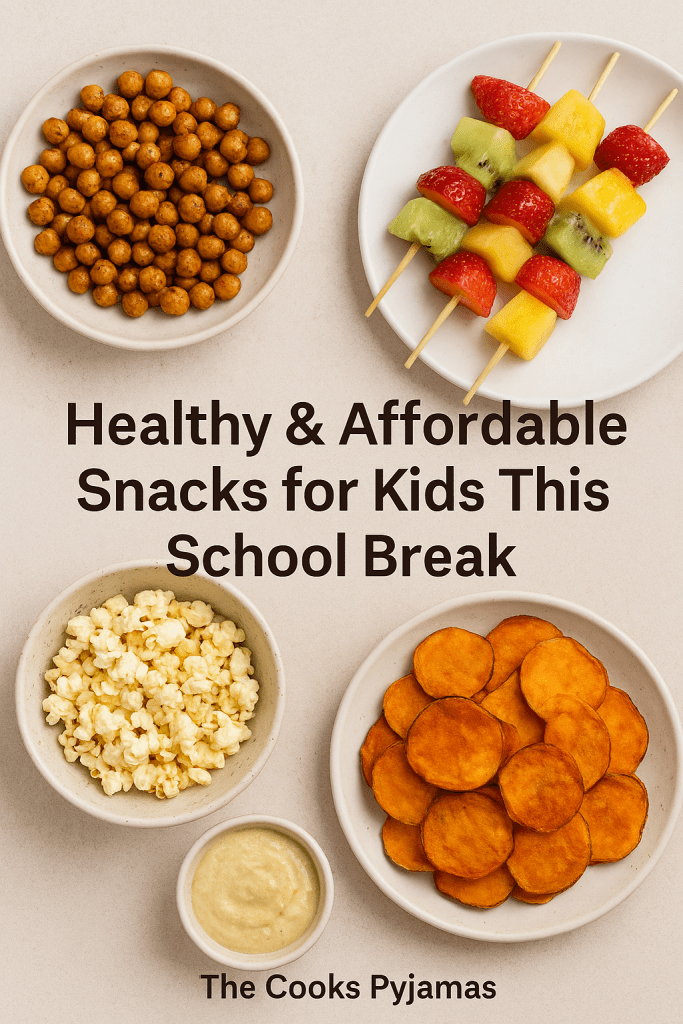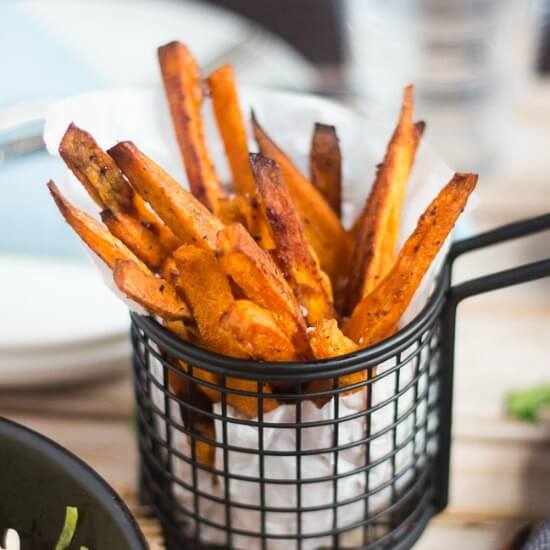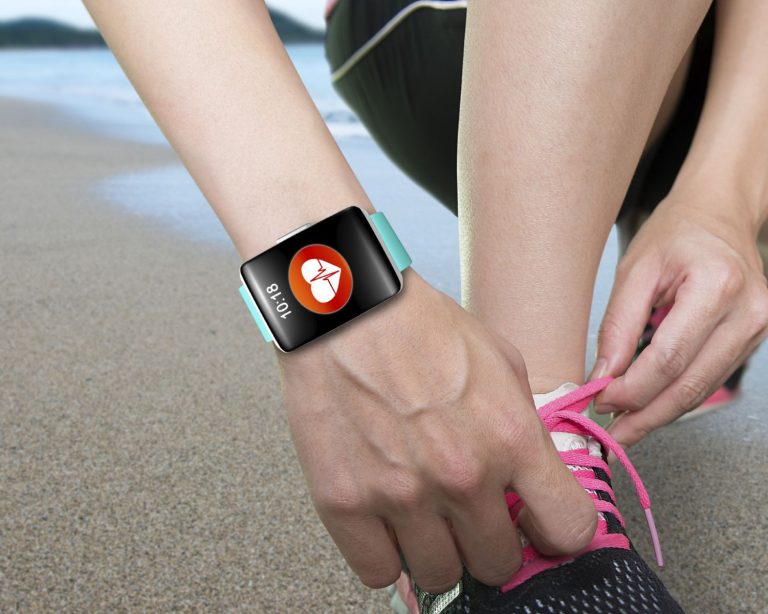As schools close for the term, parents across Kenya are preparing for busy days at home full of energy, laughter, and endless snacking requests. While children deserve their treats, it’s important to keep their snacks healthy, affordable, and easy to prepare. The good news? You don’t need fancy ingredients or expensive snacks. Your local market is full of fresh, nutritious options that kids will love.
Here are some of the snacks I’ve tried at home, simple, pocket-friendly ideas that will keep your children full, healthy, and happy during the school break.

1. Roasted Maize and Groundnuts
A Kenyan classic! Roasted maize (mahindi choma) paired with groundnuts makes a crunchy, satisfying snack. It’s high in fiber, helps with digestion, and keeps children fuller for longer. You can roast maize at home or buy some from a trusted local vendor. Add a small handful of roasted groundnuts for extra protein and healthy fats great for growing bodies.
Tip: Avoid adding too much salt; natural flavor is best for kids.
2. Fruit Kebabs
Turn fruit time into fun! Chop up bananas, pineapples, mangoes, and watermelon, then slide them onto skewers to make colorful fruit kebabs. Children enjoy eating with their hands, and the bright colors make fruits more appealing.
These fruits are packed with vitamins, natural sugars, and fiber — perfect for energy and immunity.
Bonus idea: Add a small spoon of plain yogurt for dipping
3. Sweet Potato or Nduma (Arrowroot) Chips
Instead of packaged crisps, make your own healthy version at home. Slice sweet potatoes or nduma thinly, brush them lightly with oil, and bake or air-fry until crisp. They’re rich in fiber, potassium, and energy and much healthier than store-bought chips.
Tip: Sprinkle a little cinnamon or honey for flavor instead of salt.

4. Mandazi with a Twist
Mandazi is a Kenyan favorite, but you can make it healthier by using wholemeal flour, less sugar, and a bit of grated carrot or mashed banana in the dough. This adds fiber and vitamins while keeping the snack soft and tasty. Serve with milk or fresh juice for a wholesome mid-morning bite.
5. Popcorn
Popcorn is surprisingly healthy when made the right way. Skip the butter and sugar instead, pop your maize kernels in a dry pan or with a little oil. You can sprinkle a pinch of salt or cinnamon afterward. Popcorn is a whole grain, meaning it has fiber to aid digestion and keep kids satisfied longer.
6. Boiled Eggs and Avocado
Eggs are one of the most affordable sources of protein. A boiled egg paired with avocado slices makes a perfect after-play snack. Avocados provide healthy fats for brain development, while eggs supply protein for muscle growth. Together, they make a power-packed mini meal.
Tip: Use local kienyeji eggs for even better nutrition.
7. Vegetable Sticks with Dip
Getting kids to eat vegetables can be tricky, but turning them into finger foods helps! Slice carrots, cucumbers, and bell peppers into thin sticks. Pair them with a simple homemade dip made from mashed avocado or plain yogurt mixed with a bit of lemon and salt. It’s colorful, crunchy, and full of vitamins.
8. Mini Sandwiches
Bread doesn’t have to be boring. Use brown or wholemeal bread to make mini sandwiches with healthy fillings like peanut butter and banana, mashed avocado, or boiled eggs with tomato. Cut them into fun shapes using cookie cutters kids eat better when food looks exciting!
9. Uji (Porridge) Smoothie
When it’s hot outside, children might not want warm porridge. Try a cold version instead! Blend leftover uji with milk, banana, or mango to make a smooth, drinkable snack. It’s filling, rich in iron, and excellent for keeping your child’s energy steady throughout the day.
10. Homemade Yogurt or Maziwa Mala
Plain yogurt or fermented milk (mala) is full of good bacteria that support digestion. You can buy affordable local brands or even make your own at home. Add fresh fruit or a drizzle of honey for sweetness instead of sugar. Serve it chilled for a refreshing afternoon treat.
Healthy Snacking Tips for Parents
- Plan: Prepare snacks in bulk and store them in airtight containers to save time and money.
- Encourage water: Avoid sugary sodas and juices — plain water or fresh juice is best.
- Balance it out: Combine protein, fiber, and natural sugars to keep kids full and energized.
- Involve your children: Let them help prepare snacks; it teaches healthy habits early on.
- Keep portions moderate: Even healthy snacks can lead to overeating if portions are too large
Why Healthy Snacks Matter
Snacks aren’t just about filling hunger. For growing children, they provide essential nutrients between meals helping with brain development, energy, and immunity. During school holidays, kids are more active, which means they burn more energy and need regular, nutritious bites to refuel.
Choosing local, affordable options also supports small farmers and reduces the need for processed foods. It’s a win-win healthier children and stronger communities.




